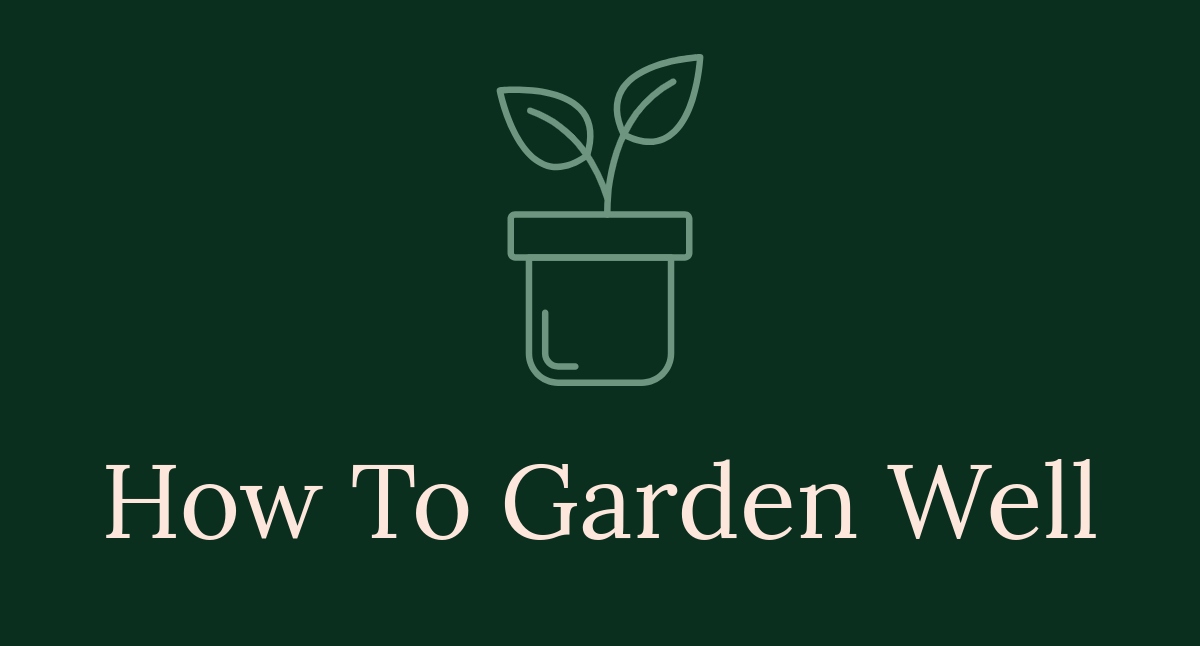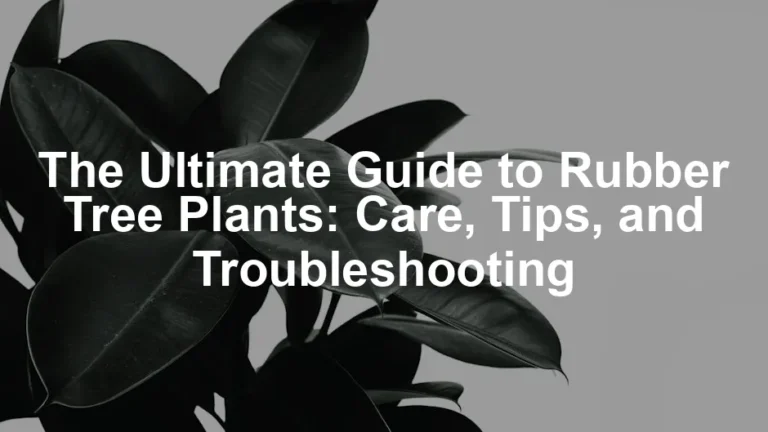
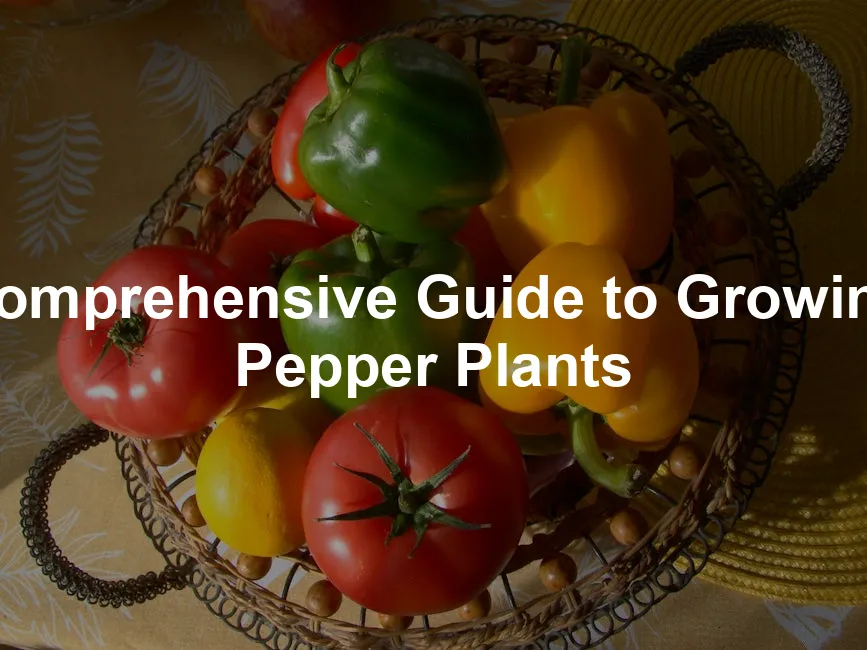
Comprehensive Guide to Growing Pepper Plants
Introduction
Pepper plants are a delight for both gardeners and chefs. They add flavor to countless dishes and bring vibrant colors to your garden. With varieties ranging from sweet bell peppers to fiery jalapeños, growing peppers at home is a rewarding experience. If you’re looking to start your indoor garden journey, check out the AeroGarden Bounty Indoor Garden. It’s perfect for those who want to grow fresh herbs and veggies all year round, even when the weather outside is frightful!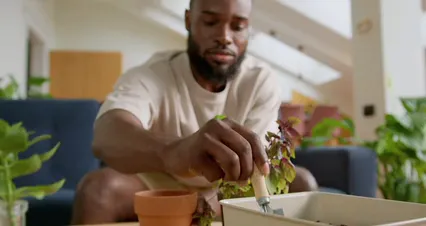
Summary and Overview
Understanding pepper plants is crucial for successful cultivation. This guide covers types of peppers, their growing conditions, care requirements, and common challenges. By growing peppers, you gain access to fresh, nutritious produce and a visually appealing garden. Peppers are rich in vitamins A and C, making them a healthy addition to your meals. Plus, they adapt well to various garden spaces, whether in pots on a balcony or in a traditional garden bed. Don’t forget to keep your plants nourished with Miracle-Gro Water Soluble All Purpose Plant Food for optimal growth!
Types of Pepper Plants
Sweet Peppers
Sweet peppers come in various delightful varieties. Bell peppers are the most popular, showcasing vibrant colors like green, red, yellow, and orange. Banana peppers, with their long, yellow shape, are another favorite, often used in salads or pickled. These peppers are not just tasty; they offer excellent nutritional benefits. They’re low in calories and high in vitamins A and C, making them a healthy addition to your meals. If you’re looking to get started with growing sweet peppers, grab some seeds from Seed Savers Exchange Sweet Pepper Seeds and watch your garden flourish! In the kitchen, sweet peppers shine in many dishes. They can be enjoyed raw in salads or cooked in stir-fries. You can also stuff them with grains, meats, or cheeses for a delicious meal. Why not try out different sweet pepper recipes? You might discover a new favorite dish! To keep your peppers safe from pests, consider using Garden Safe Insecticidal Soap. It’s an easy way to keep those pesky aphids at bay!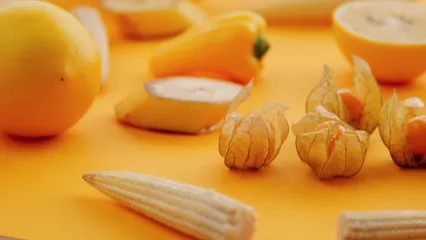
Hot Peppers
Hot peppers bring the heat to your culinary adventures. Popular varieties include jalapeños, serranos, and habaneros. Jalapeños are moderate in spice, measuring around 2,500 to 8,000 Scoville Heat Units (SHU), while habaneros can exceed 100,000 SHU, delivering a fiery kick. The Scoville scale helps gauge the heat level of peppers, allowing you to choose according to your spice tolerance. If you want to spice things up, consider planting some Organic Chili Pepper Seeds to add some fire to your dishes! In recent years, the demand for hot peppers has surged. For instance, jalapeños rank among the top five most popular peppers globally, celebrated for their versatility in salsas and sauces. Explore hot pepper recipes to add some excitement to your cooking. You might find the perfect balance of flavor and heat for your palate! Don’t forget to equip yourself with a Fiskars Softouch Garden Tools Set for easy planting and harvesting!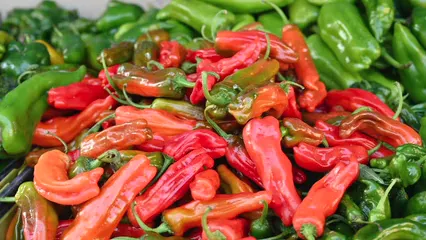
Care and Maintenance
Watering and Fertilizing
Proper watering and fertilization are crucial for healthy pepper plants. Water your peppers consistently, aiming for deep, even moisture. A good rule of thumb is to water when the top inch of soil feels dry. This helps prevent issues like blossom drop and fruit rot. To give your plants a nutrient boost, consider using Organic Fertilizer for Vegetables. It’s a natural way to keep your plants thriving! Fertilization is just as important. Use a balanced fertilizer with equal parts nitrogen, phosphorus, and potassium. Applying a slow-release fertilizer at planting time can provide ongoing nutrients. Additionally, consider side-dressing with compost when the plants start to flower. For those who prefer a more hands-off approach, self-watering planters like the Self-Watering Planters can help you manage moisture levels effortlessly!
Pest and Disease Management
Pepper plants can face various pests and diseases. Common culprits include aphids, spider mites, and fungal infections. Aphids can infest your plants, leading to stunted growth and leaf drop. Studies show that over 80% of pepper growers report issues with these pests. To combat these pests, consider using Organic Neem Oil Pesticide. It’s an organic solution that works wonders against these pesky invaders! Preventive measures are key. Use insecticidal soap or neem oil to control pests effectively. Ensure good airflow around your plants and practice crop rotation to reduce disease risk. And don’t forget to keep a gardening journal for tracking plant growth; you can find great options like the Gardening Journal for Tracking Plant Growth to help you stay organized!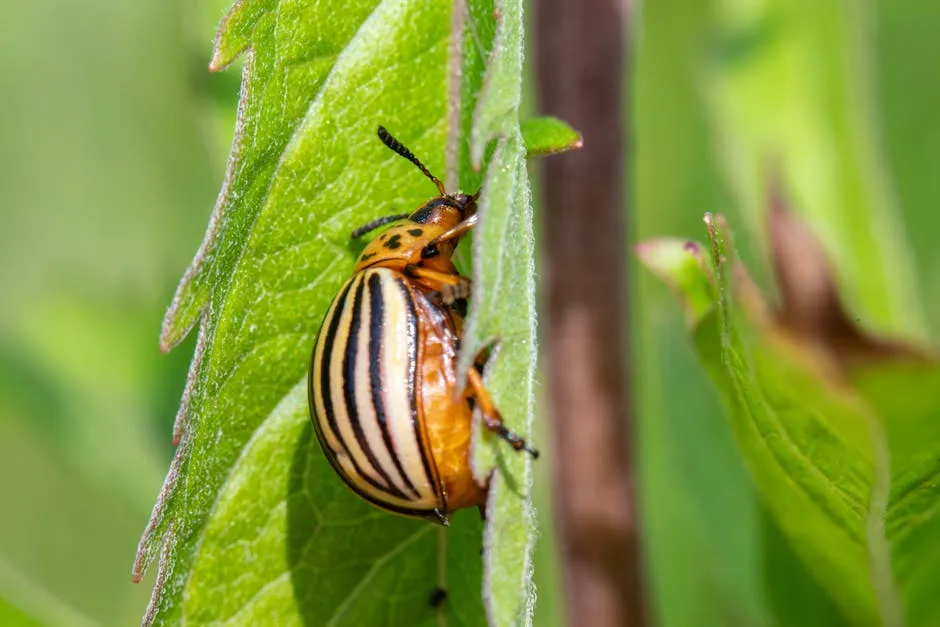
Stay vigilant and monitor your plants regularly. Early detection of issues can save your pepper plants from serious damage. How do you manage pests in your garden? Share your strategies! And remember, a well-kept garden is a happy garden. For those looking to add some flair to their space, consider a Vertical Garden Planter to maximize your gardening space!Using neem oil can be an effective way to manage pests on your pepper plants. Learn more about neem oil for plants.

Harvesting Peppers
When and How to Harvest
Knowing when to harvest peppers is key. Look for vibrant colors and full size to determine ripeness. For sweet peppers, harvesting before full maturity can yield a crisper texture. Hot peppers can be picked while still green or left to ripen for added sweetness. A sharp knife is your best friend here. Cut the stem instead of pulling the pepper to avoid breaking branches. This method helps keep your plants healthy. To make your harvesting easy, consider using a High-Quality Chef’s Knife to ensure clean cuts!
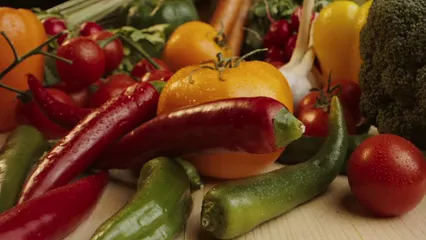
Storage and Preservation
Storage is essential for enjoying your peppers long after harvest. Fresh peppers should be kept in a cool, humid environment, ideally in the refrigerator. For longer-term storage, consider freezing or drying your peppers. Fresh peppers boast high vitamin content, but preserved varieties still provide nutrients. Why not experiment with different preservation methods? You might find a new favorite! And if you’re into canning, grab a copy of The Complete Book of Home Canning to preserve your harvest in style!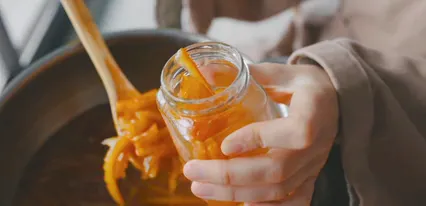

Conclusion
Growing your own pepper plants is a fulfilling journey. From choosing the right varieties to mastering care techniques, each step brings you closer to a bountiful harvest. Enjoy the satisfaction of nurturing plants that will enhance your meals with vibrant flavors. Why not try growing peppers at home? You’ll find joy in every bite! And if you want to elevate your cooking game, consider investing in some quality kitchen tools like a Cuisinart Food Processor for effortless meal prep!
Please let us know what you think about our content by leaving a comment down below!
Thank you for reading till here 🙂
All images from Pexels
